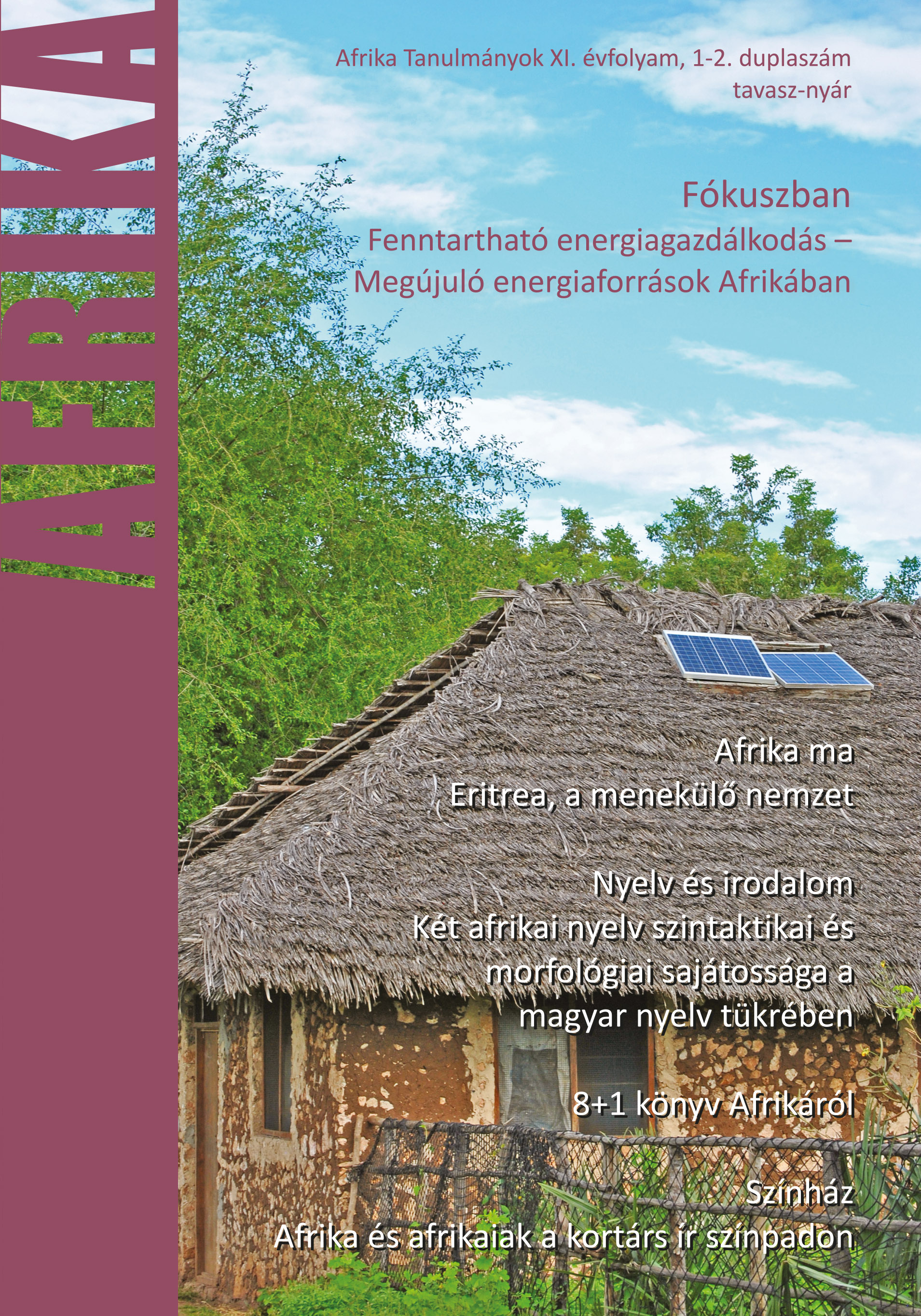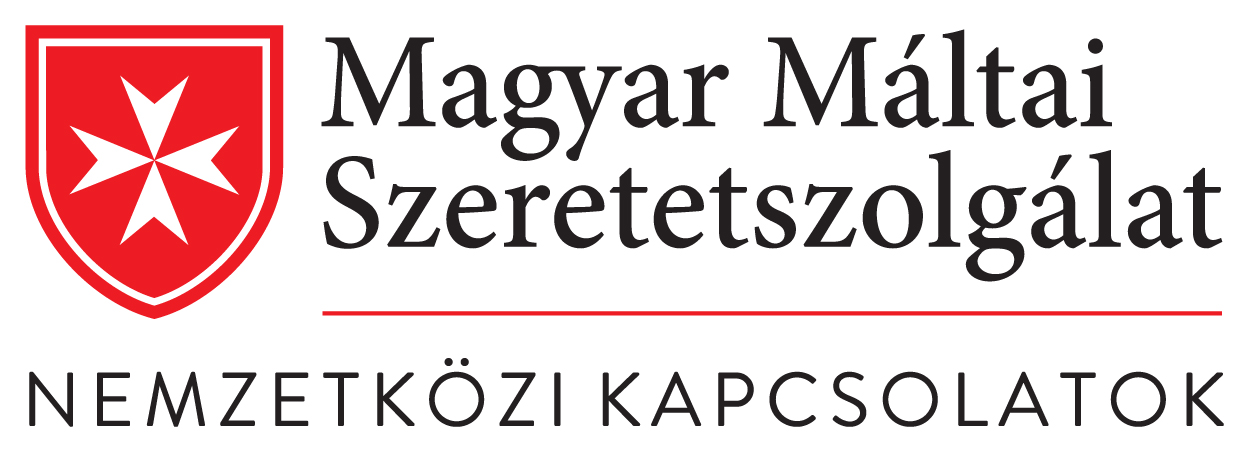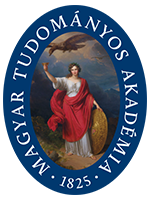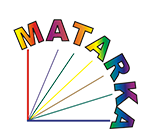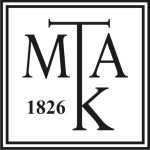Afrika és afrikaiak a kortárs ír színpadon: interkulturális és színházi kihívások
Kulcsszavak:
Posztkolonializmus, Rasszizmus, Kulturális trauma, MultikulturalizmusAbsztrakt
„A XIX. századi angol karikatúrák nem egyszer emberszabású majmokhoz hasonlónak ábrázolták az ír férfiakat, akiknek agya és így gondolkodása, szellemi képességei is az afrikaiakéhoz hasonlóan kevésbé fejlettek, mint az angolszászoké. Ugyanakkor a róluk alkotott sztereotípiák szerint nincs a fehér emberre jellemző önuralmuk, s ezért vetemednek sokszor erőszakos tettekre, melyek elkövetésében a felsőbbrendű gyarmatosítónak kötelessége őket megfékezni. Az ideologizáltan rasszista és gúnyolódó ábrázolásoknak a kor felfogásában tudományos alapja volt.”
Downloads
Megjelent
Hogyan kell idézni
Folyóirat szám
Rovat
License

This work is licensed under a Creative Commons Attribution-NonCommercial-NoDerivatives 4.0 International License.

